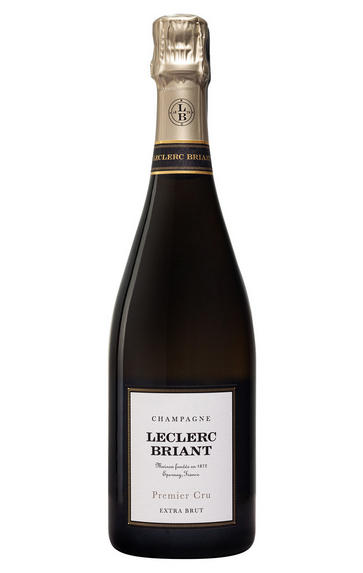
Champagne Leclerc Briant, 1er Cru, Extra Brut
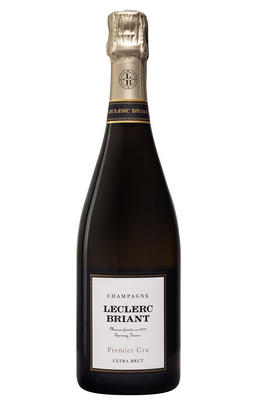
Critics reviews
Disgorged April 2019. 30% barrel-aged. Dosage: 2g/L. This blend of 70% Pinot Noir, 15% Chardonnay and 15% Pinot Meunier offers an elegant and fresh nose marked by scents of menthol and hazelnuts with an underlying smoky edge. The palate is fresh and taut with racy acidity and finishes with a sea-salt tang.
Yohan Castaing, Decanter.com (Mar 2020)
About this WINE
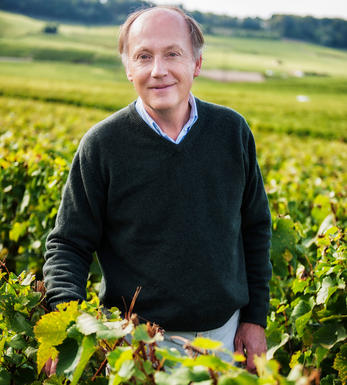
Champagne Leclerc Briant
Champagne Leclerc Briant focuses on organic and biodynamic viticulture, working in harmony with nature to produce some of the region’s most exciting wines.
Lucien Leclerc founded the estate in 1872 in the village of Cumières. In the mid-20th century, in the hands of Lucien’s great-grandson, Bertrand Leclerc, and his wife, Jacqueline Briant, the operation was moved to the beating heart of Champagne, Epernay. Here it also took a new name – Leclerc Briant. Around the same time, the house started practising biodynamic viticulture (becoming one of the first in the region to do so), eventually earning certification in the 1980s.
Since 2012, Chef du Cave Hervé Justin, formerly of Champagne Duval-Leroy, has refined the house style here. Working with organic and biodynamic fruit, he also practises biodynamic principles in the winery. Leclerc Briant has taken on new vineyards, renovated its facilities, and has a renewed, uncompromising focus on quality.
The traditional sparkling wine method here is low dosage, vineyard-specific, and extremely interesting. The popular Abyss cuvée is aged underwater. As of the 2012 vintage, Hervé Jestin and the team are responsible for making the wine at Château d’Avize, which they bottle under the Leclerc Briant label and sell through La Place de Bordeaux.
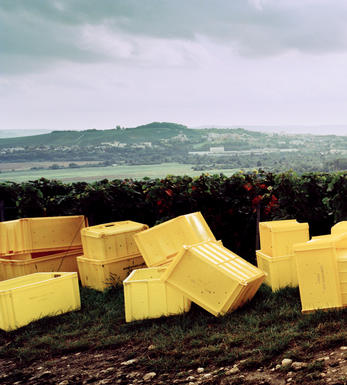
Brut Champagne
Brut denotes a dry style of Champagne (less than 15 grams per litre). Most Champagne is non-vintage, produced from a blend from different years. The non-vintage blend is always based predominately on wines made from the current harvest, enriched with aged wines (their proportion and age varies by brand) from earlier harvests, which impart an additional level of complexity to the end wine. Champagnes from a single vintage are labelled with the year reference and with the description Millésimé.
Non-vintage Champagnes can improve with short-term ageing (typically two to three years), while vintages can develop over much longer periods (five to 30 years). The most exquisite and often top-priced expression of a house’s style is referred to as Prestige Cuvée. Famous examples include Louis Roederer's Cristal, Moët & Chandon's Dom Pérignon, and Pol Roger's Cuvée Sir Winston Churchill.
Recommended Producers : Krug, Billecart Salmon, Pol Roger, Bollinger, Salon, Gosset, Pierre Péters, Ruinart
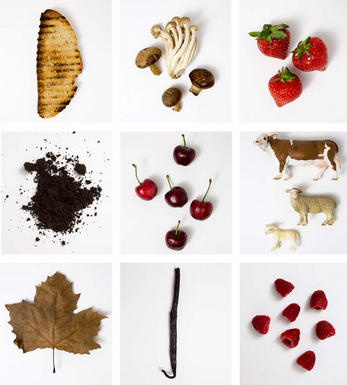
Pinot Noir
Pinot Noir is probably the most frustrating, and at times infuriating, wine grape in the world. However when it is successful, it can produce some of the most sublime wines known to man. This thin-skinned grape which grows in small, tight bunches performs well on well-drained, deepish limestone based subsoils as are found on Burgundy's Côte d'Or.
Pinot Noir is more susceptible than other varieties to over cropping - concentration and varietal character disappear rapidly if yields are excessive and yields as little as 25hl/ha are the norm for some climats of the Côte d`Or.
Because of the thinness of the skins, Pinot Noir wines are lighter in colour, body and tannins. However the best wines have grip, complexity and an intensity of fruit seldom found in wine from other grapes. Young Pinot Noir can smell almost sweet, redolent with freshly crushed raspberries, cherries and redcurrants. When mature, the best wines develop a sensuous, silky mouth feel with the fruit flavours deepening and gamey "sous-bois" nuances emerging.
The best examples are still found in Burgundy, although Pinot Noir`s key role in Champagne should not be forgotten. It is grown throughout the world with notable success in the Carneros and Russian River Valley districts of California, and the Martinborough and Central Otago regions of New Zealand.


Buying options
Add to wishlist
Description
Disgorged April 2019. 30% barrel-aged. Dosage: 2g/L. This blend of 70% Pinot Noir, 15% Chardonnay and 15% Pinot Meunier offers an elegant and fresh nose marked by scents of menthol and hazelnuts with an underlying smoky edge. The palate is fresh and taut with racy acidity and finishes with a sea-salt tang.
Yohan Castaing, Decanter.com (Mar 2020)
wine at a glance
Delivery and quality guarantee